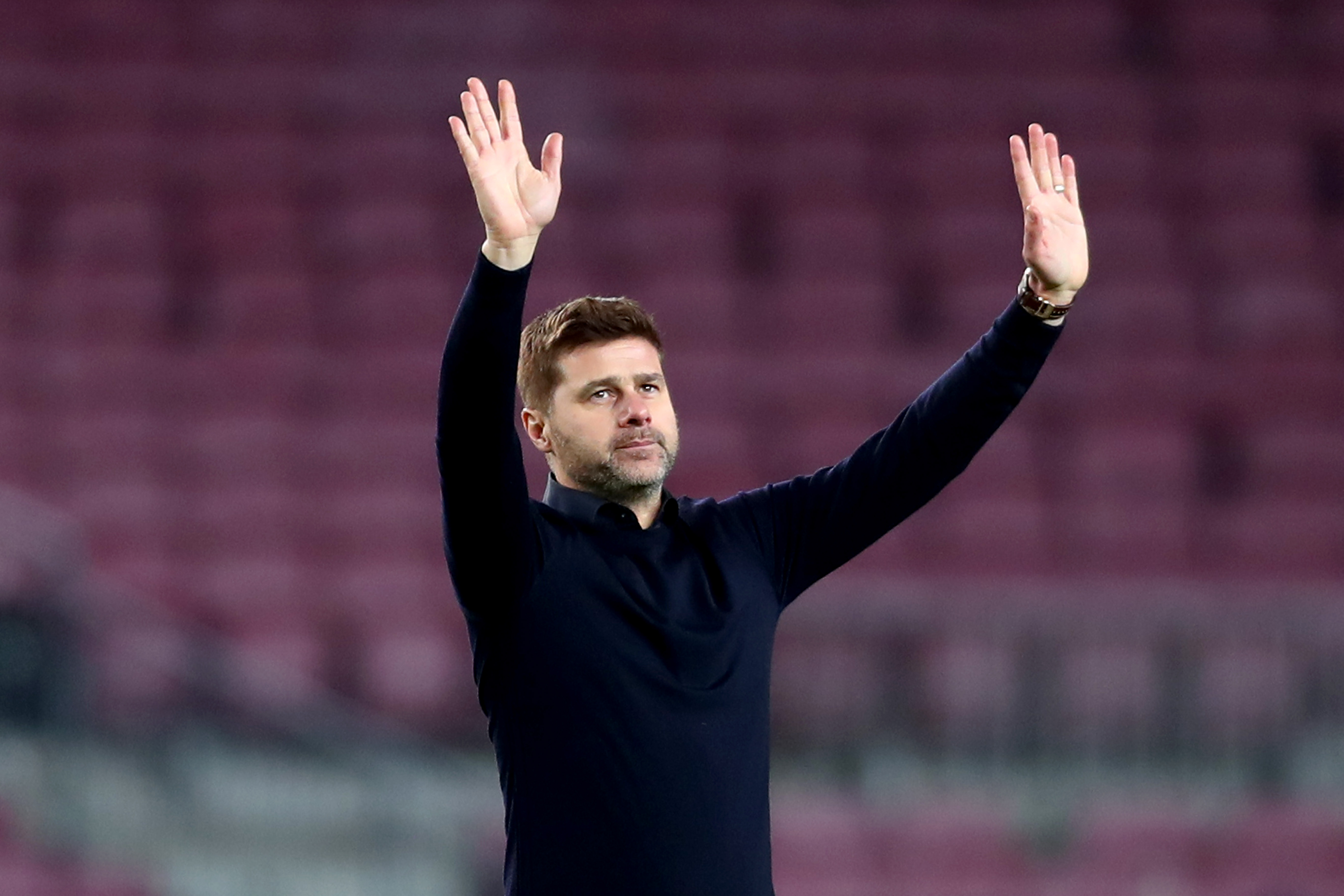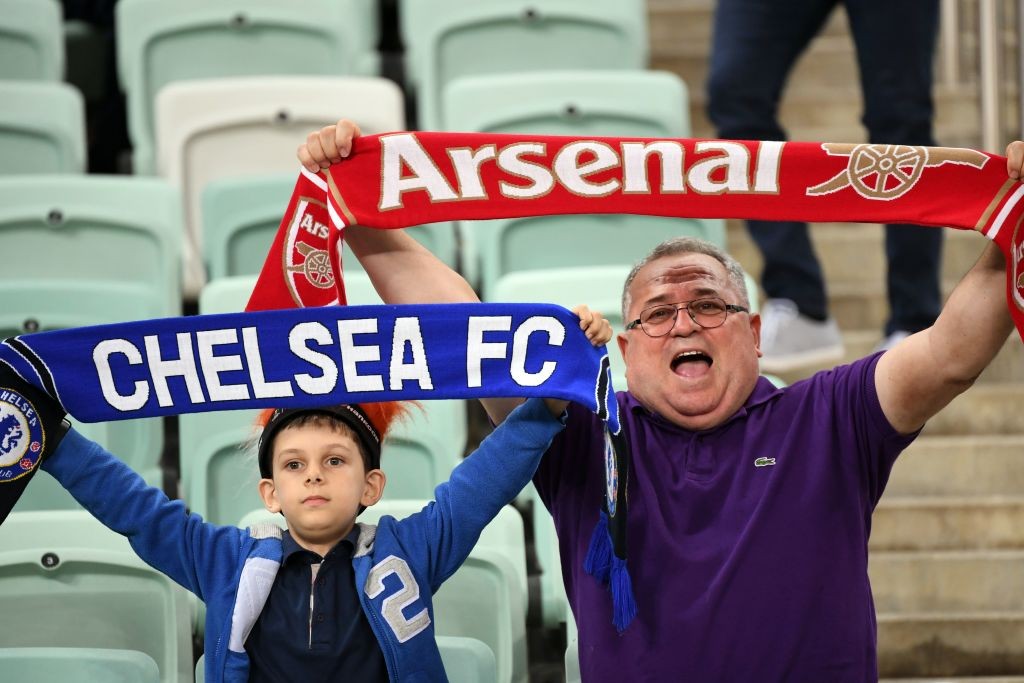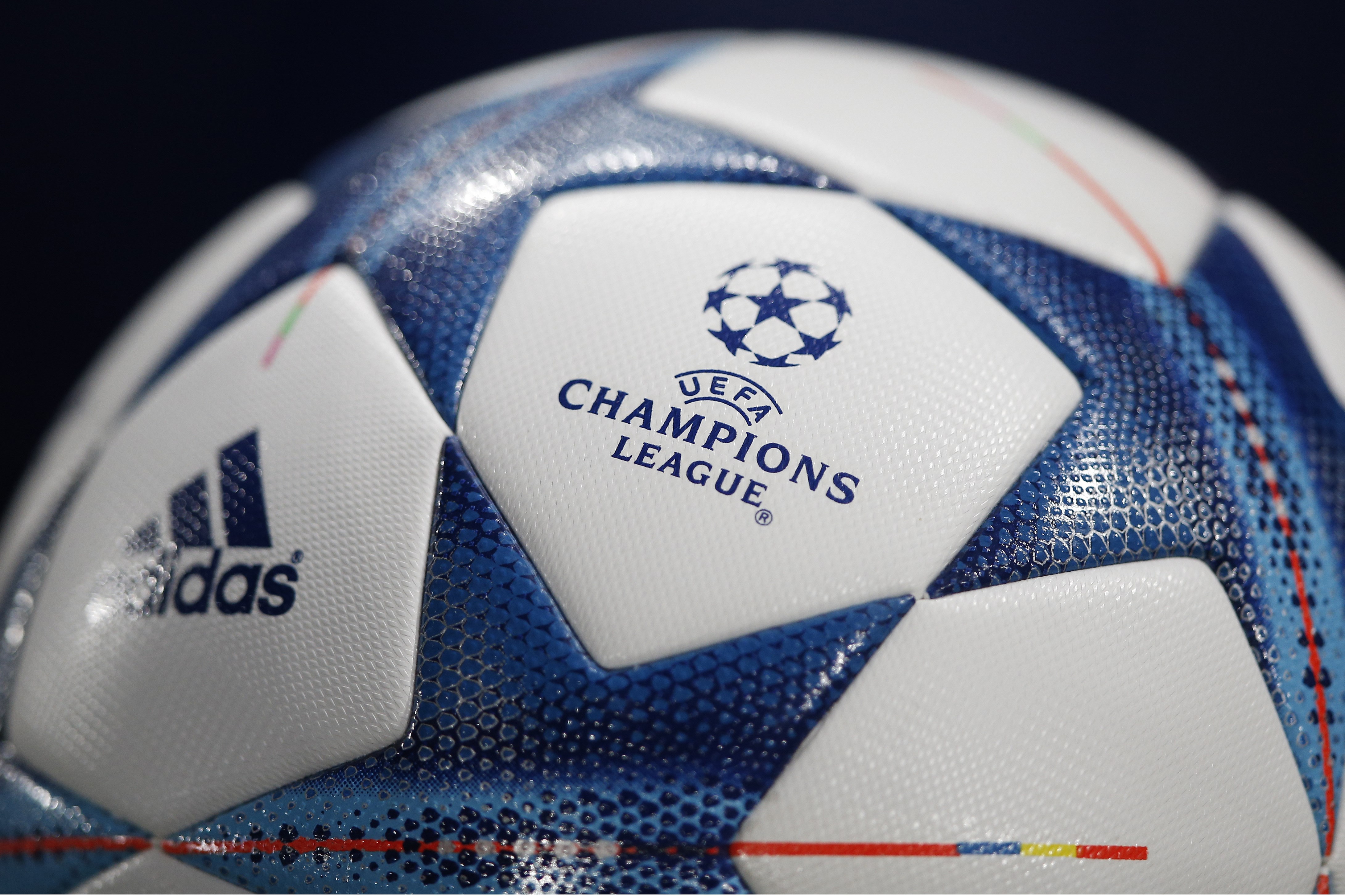Since its inception in 1993, the Major League Soccer (MLS) has evolved remarkably, transforming from a fledgling league to a prominent player in global football. This growth has been significantly bolstered by the input of international superstars, with Lionel Messi’s recent move to Inter Miami FC serving as a testament to MLS’s increasing attraction.
MLS has witnessed substantial progress regarding the quality of play and fan engagement. Implementing the Designated Player Rule, which allows clubs to sign high-profile players whose salaries surpass the team’s salary cap, has been instrumental in this growth. The development of soccer-specific stadiums and the expansion of existing franchises have significantly improved the overall infrastructure of MLS.
The Current State of MLS
This Designated Player Rule has facilitated the arrival of distinguished figures such as Zlatan Ibrahimovic, David Beckham, and Thierry Henry, who brought their immense talent and unprecedented global recognition to the league.
However, challenges persist. While the level of competition in MLS is on an upward trajectory, it is not yet on par with the elite European leagues. This discrepancy in quality can be a potential deterrent for world-class players seeking the highest level of competition to further their careers.
Given the vast geographical expanse of the United States, the extensive travel demands within the league can be arduous for players and may influence their decision regarding a move.
The Messi Effect: A Game-Changer for MLS?
Lionel Messi’s arrival at Inter Miami FC in 2023 marked a watershed moment for MLS. Widely regarded as the greatest footballer of all time, Messi’s presence in the league elevated its profile to unprecedented heights. This transfer bolstered Inter Miami’s standing and projected MLS onto the global stage. The “Messi effect” holds the potential to draw more superstars in the future, as they may view the league as a viable destination even in the later stages of their careers.
However, it is crucial to note that footballing reasons did not solely drive Messi’s decision. Various factors, including lifestyle, business opportunities, and the appeal of living in the United States, played a pivotal role in his choice. This indicates that for MLS to continue attracting players of Messi’s caliber, it must offer a comprehensive package beyond football.
Lionel Messi’s arrival at Inter Miami FC has ushered in a new era of excitement and anticipation for soccer enthusiasts in Florida and beyond. The impact is perhaps most palpable in the staggering surge in ticket prices for his inaugural home match at DRV PNK Stadium.
Tickets ranging from a modest $40-$55 now command an average of $712, with some enthusiasts willing to pay as much as $6,850 to witness Messi’s brilliance on the pitch.
Messi’s presence has also seismically affected Inter Miami’s viewership and online presence. His debut match against Cruz Azul garnered a colossal audience of 1.75 million viewers across Spanish-language television in the United States, attesting to Messi’s widespread appeal and appeal in the American soccer landscape.
The impact extended far beyond the television screen as well. Inter Miami’s social media platforms experienced an astonishing surge in followers, with over 1 million new fans flocking to their accounts within 10 minutes of Messi’s signing announcement. This surge continued unabated, with the club’s Instagram followers skyrocketing from 1 million to an astonishing 5.9 million in less than 24 hours.
Infrastructure and Investment
One of the critical determinants of MLS’s ability to retain and attract superstars lies in the continued investment in infrastructure. This encompasses stadiums, training facilities, youth academies, and medical support systems.
European leagues have established long-standing, world-class facilities, and MLS must aspire to match or exceed these standards. The presence of state-of-the-art stadiums with fervent fan bases can be a major draw for players seeking an electric atmosphere and high competitiveness.
Louisville City FC has emerged as a powerhouse in the MLS, capturing the hearts of fans with their dynamic style of play and consistent performance on the field. With a roster of talented players and a dedicated coaching staff, they have repeatedly demonstrated that they’re a force to be reckoned with.
For Kentucky-based fans, the excitement does not stop at the stadium gates. Thanks to the availability of Kentucky betting sites, supporters can add an extra layer of thrill to their matchday experience. These betting platforms offer a wide range of options, from predicting match outcomes to wagering on specific player performances. It is a chance for fans to test their knowledge of the game and engage in friendly competition with fellow supporters.
Financial stability and investment in clubs are imperative. A well-funded club can afford the wages of a superstar player, and competitive clubs will be more attractive to such players. Continued growth in sponsorship deals and broadcasting rights will play a pivotal role in ensuring clubs have the financial means to pursue and retain top-tier talent.
Player Development and Academies
Another critical avenue through which MLS can continue to attract superstars is by placing a strong emphasis on player development. Establishing and nurturing youth academies that can consistently produce high-caliber, homegrown talent is paramount. If MLS can reliably develop players who have successful careers both domestically and internationally, it enhances the league’s reputation as a viable pathway for young talent.
Furthermore, investing in player development can lead to a stronger domestic player pool, reducing the reliance on expensive imports. This, in turn, can free up resources for clubs to pursue marquee signings.
When superstars see that the league is a destination for established players and a platform for nurturing young talent, it becomes a more appealing option. Therefore, a robust focus on player development is integral to MLS’s continued growth and attractiveness to top-tier players.
MLS can explore avenues for talent identification and development at the grassroots level. Initiatives to engage with local communities and provide accessible, high-quality coaching that can unearth hidden gems and cultivate a deep pool of talent that can potentially rise to the highest echelons of the sport.
Potential Superstars to Join MLS after Messi
Lionel Messi’s arrival at Inter Miami has set a precedent that could usher in a new era of global football stars gracing Major League Soccer. Among the players who have moved to the United States is Sergio Busquets, the Spanish midfield maestro whose intelligence and passing prowess were instrumental for Barcelona and the national team for over a decade. At 34, Busquets has found a new home at Inter Miami, reuniting with Messi and thriving under the ownership of football icon David Beckham.
One name on the list who could join them is Angel Di Maria, the versatile Argentine winger whose close camaraderie with Messi dates back to their youth. Their partnership has flourished in their national colors and at clubs like PSG.
With an extensive trophy cabinet spanning multiple leagues and a recent World Cup triumph in 2022, the 35-year-old Di Maria, currently at Benfica after departing Juventus, has often expressed keen interest in joining Messi at the club level.
N’Golo Kante, the revered French midfielder renowned for his relentless work ethic and humble demeanor, could also contemplate a move that could see him shine in MLS. Kante’s ability to cover immense ground and win the ball has propelled him to success with Leicester City, Chelsea, and the French national team, clinching top-tier titles like the Premier League, the Champions League, and the World Cup. But he currently finds himself enjoying the riches of Saudi Arabia.
Global Expansion and Exposure
Expanding MLS’s global footprint is pivotal in attracting superstars. The league has already made significant strides in this regard, with clubs participating in international competitions like the CONCACAF Champions League and hosting high-profile friendlies against European giants.
Building partnerships with other leagues and clubs worldwide can lead to mutually beneficial player exchanges and collaborations. This introduces MLS players to different play styles and environments and enhances the league’s standing in the global football community.
Collaborative efforts with other leagues can open doors for MLS clubs to compete in prestigious international tournaments, providing exposure to a wider audience and further solidifying the league’s reputation on the global stage.
Summary
Major League Soccer (MLS) has made remarkable strides at a pivotal juncture. The high-profile transfer of Lionel Messi to Inter Miami FC exemplifies the league’s growing attraction. However, MLS must navigate competition disparities and extensive travel demands to sustain this momentum and consistently attract world-class talent.
Investment in infrastructure, player development, and global exposure are key. With a concerted approach, there is every reason to believe that MLS can remain a prominent player in the international football arena.



